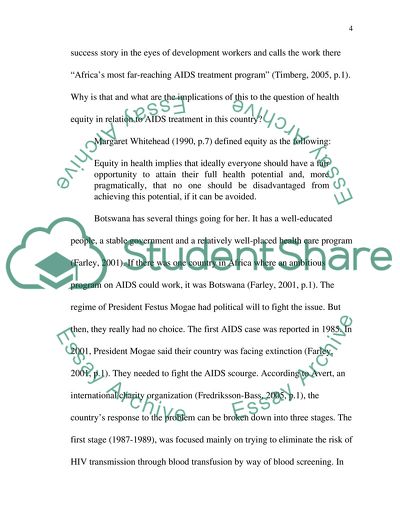Cite this document
(Achieving a Healthy Society in Botswana Essay Example | Topics and Well Written Essays - 1500 words, n.d.)
Achieving a Healthy Society in Botswana Essay Example | Topics and Well Written Essays - 1500 words. https://studentshare.org/health-sciences-medicine/1703064-achieving-a-healthy-society
Achieving a Healthy Society in Botswana Essay Example | Topics and Well Written Essays - 1500 words. https://studentshare.org/health-sciences-medicine/1703064-achieving-a-healthy-society
(Achieving a Healthy Society in Botswana Essay Example | Topics and Well Written Essays - 1500 Words)
Achieving a Healthy Society in Botswana Essay Example | Topics and Well Written Essays - 1500 Words. https://studentshare.org/health-sciences-medicine/1703064-achieving-a-healthy-society.
Achieving a Healthy Society in Botswana Essay Example | Topics and Well Written Essays - 1500 Words. https://studentshare.org/health-sciences-medicine/1703064-achieving-a-healthy-society.
“Achieving a Healthy Society in Botswana Essay Example | Topics and Well Written Essays - 1500 Words”. https://studentshare.org/health-sciences-medicine/1703064-achieving-a-healthy-society.


